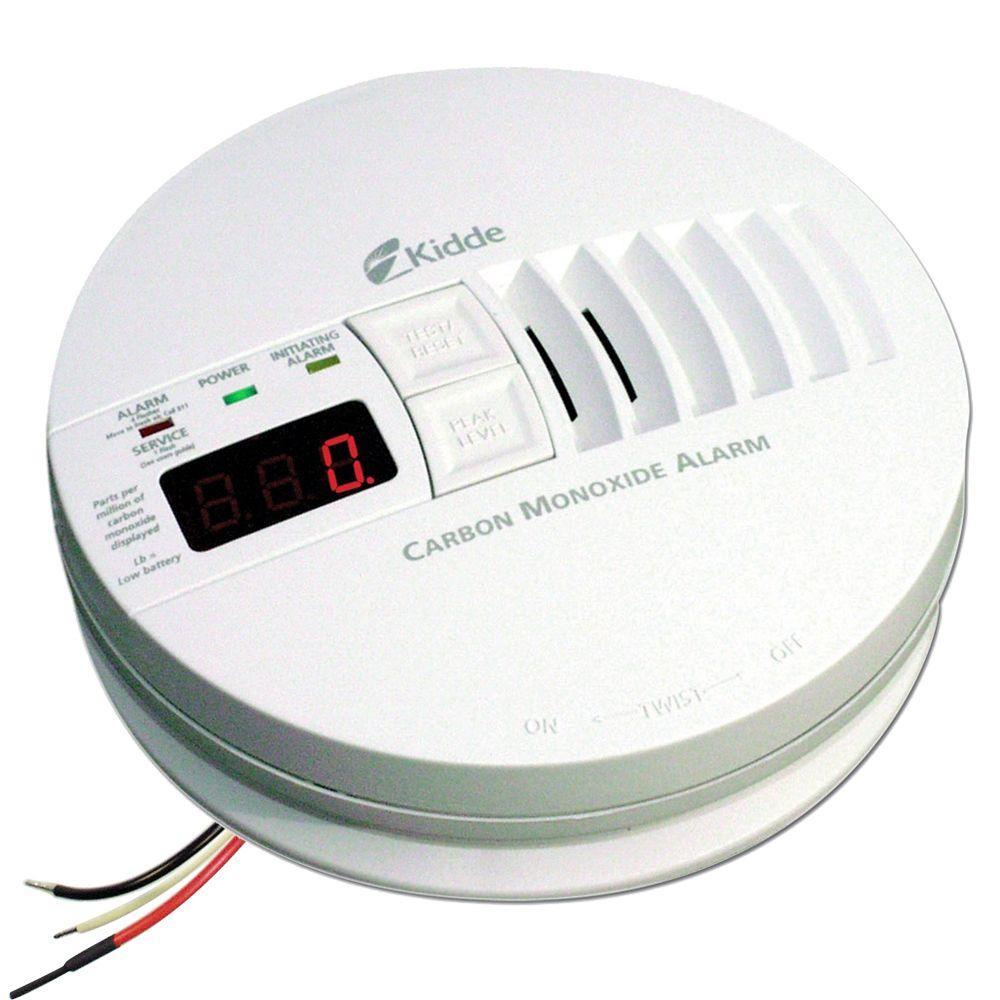

While the backup power requirements of a capacitor based system are typically much higher than those of a battery based system, the backup energy requirements are generally much lower. There is also no longer a need to oversize the energy storage elements for a worst case backup duration. First of all, the numerous trade-offs associated with batteries can be avoided altogether. There are several advantages to this approach.

Once the required data has been saved and the power fail alarms have been properly issued, the power restoration time is unimportant.

Unlike battery based systems which provide continuous power during the entire backup time, capacitor based systems require only short-term backup power in order to transfer volatile data into flash memory or provide “dying gasp” alarm operation for a minimum necessary amount of time. Since power failure duration is impossible to predict, such systems require oversized batteries to avoid the possibility of data loss during a lengthy outage.Ĭapacitor based backup systems use a different methodology. Typically, systems employing battery backup enter a low power standby state whenever the main power fails, and only the critical volatile memory or alarm sections of the systems remain powered. Systems relying on batteries for backup power require that a fully charged battery is available at all times with suitable capacity to keep volatile memory alive or alarms sounding until power is restored. With the advent of high value electric double layer capacitors, better known as supercapacitors, alternate backup architectures may be employed which eliminate many of these trade-offs. However, many trade-offs accompany battery backup, including long charge times, limited battery lifetime and cycle life, safety and reliability concerns, and large physical size. In the past, these types of high reliability systems used batteries to provide an uninterrupted power source whenever the main supply of power was inadequate or unavailable. Examples include data backup applications ranging from servers to solid-state drives, power fail alarms in industrial or medical applications, and a host of other “dying gasp” functions where orderly power-down must be assured and system status communicated to a powered host. Temporary backup power is a common requirement for a wide range of applications whenever the main power source is suddenly unavailable. Supercap Backup Circuit Provides Reliable Uninterrupted Power


 0 kommentar(er)
0 kommentar(er)
